The main difference between RAID 1 and 5 is that RAID 5 stripes data and parity across multiple disks, while RAID 1 mirrors data identically on two or more disks. RAID 5 requires at least three total disks, while RAID 1 only requires two. However, RAID 5 only uses one total drive for parity, while RAID 1 uses half of the total drives so you.. Speaking of RAID 1 vs RAID 5, the configuration also needs to be compared. RAID 1 configuration is very simple - all data is stored identically on several physical disks. There are often only 2 disks in RAID 1, but more disks can be added for additional redundancy. RAID 5 provides fault tolerance through redundancy.
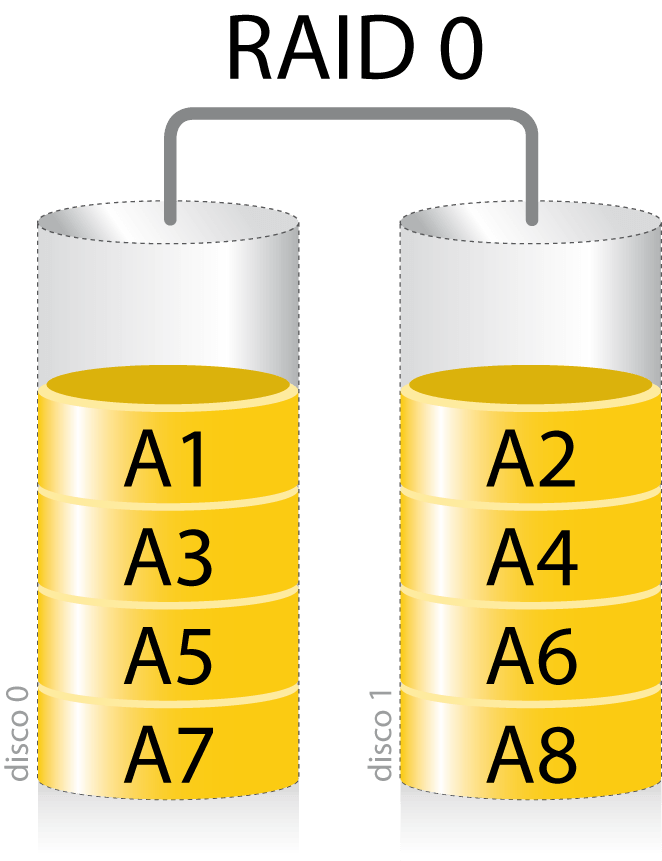
What is RAID? RAID 0, 1, 5, & 10 Made Easy The Plug HelloTech
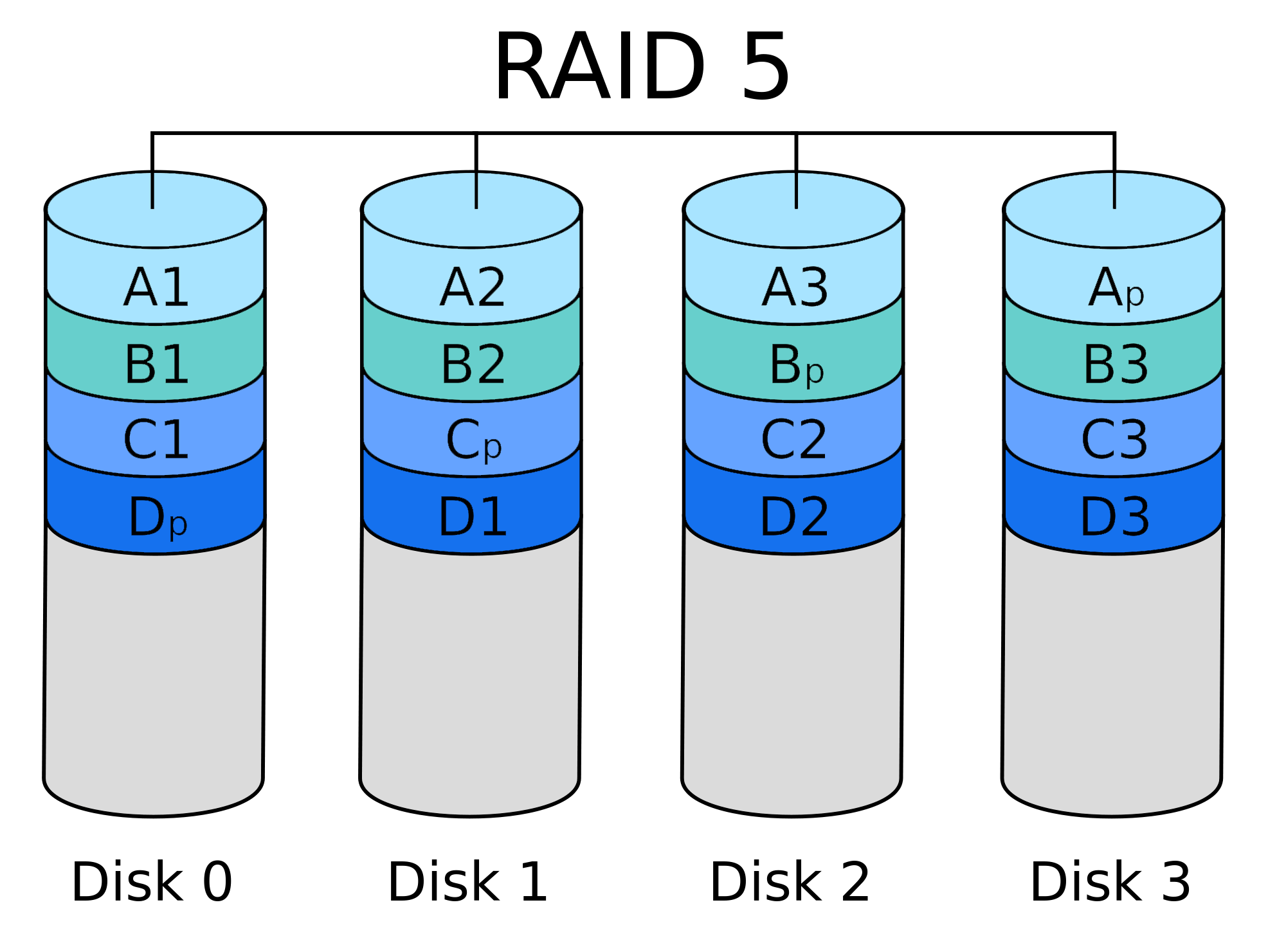
Most popular RAID levels explained Chicago Computer Repair

RAID 10 vs. RAID 5 When to use each level and why
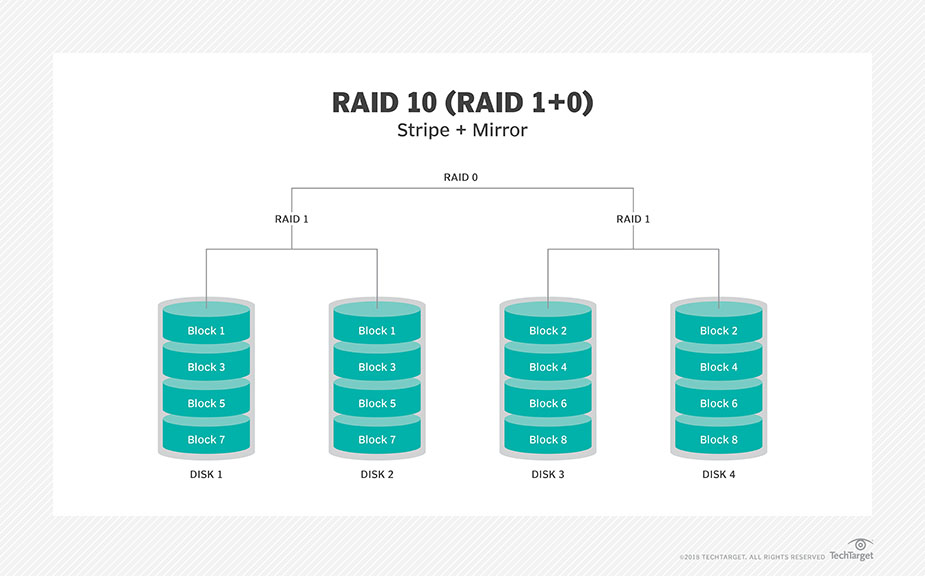
RAID 10 (RAID 1+0)
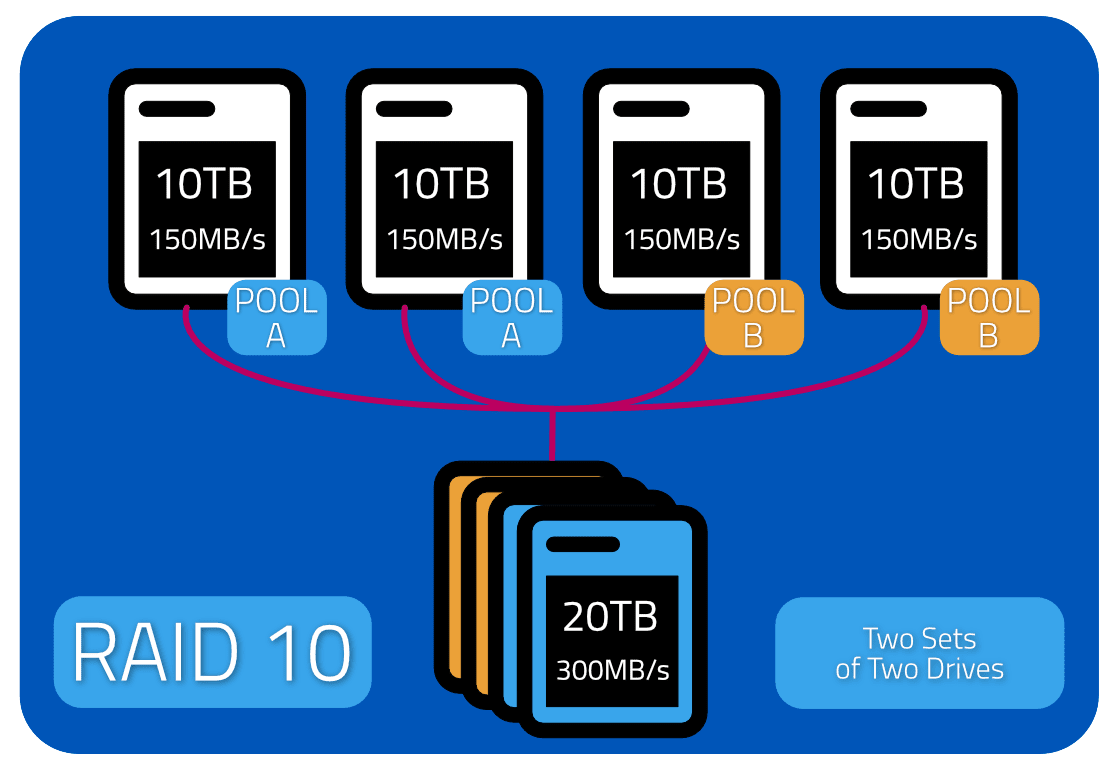
Fingerabdruck Anfänger Hurrikan best hdd for raid 0 Löffel Beobachten Stamm

Raid 1 vs Raid 5 Understanding RAID Performance, Which One Is Better?
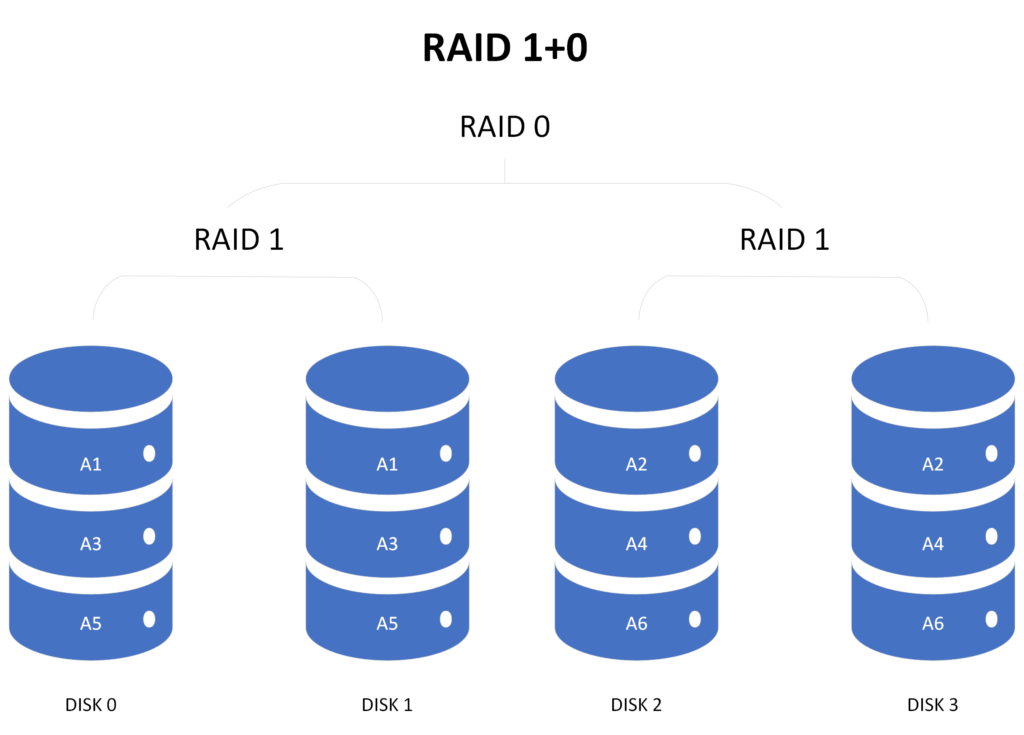
How to Choose Between RAID 0 Vs. RAID 1 Petri IT Knowledgebase
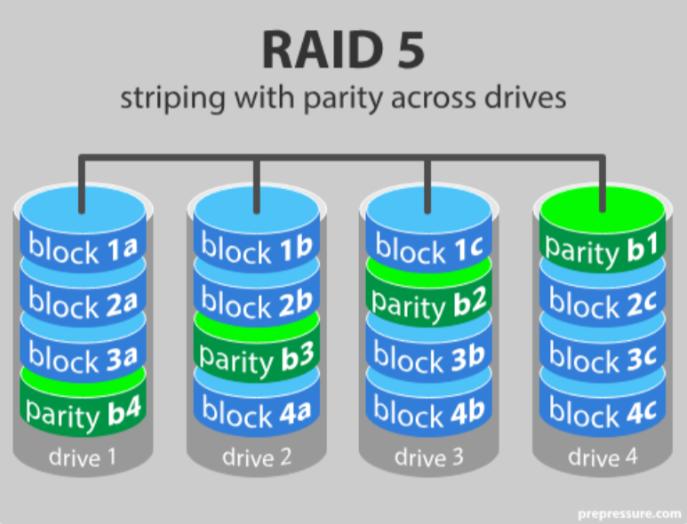
Understanding RAID The Uses, Pros and Cons of Each Level
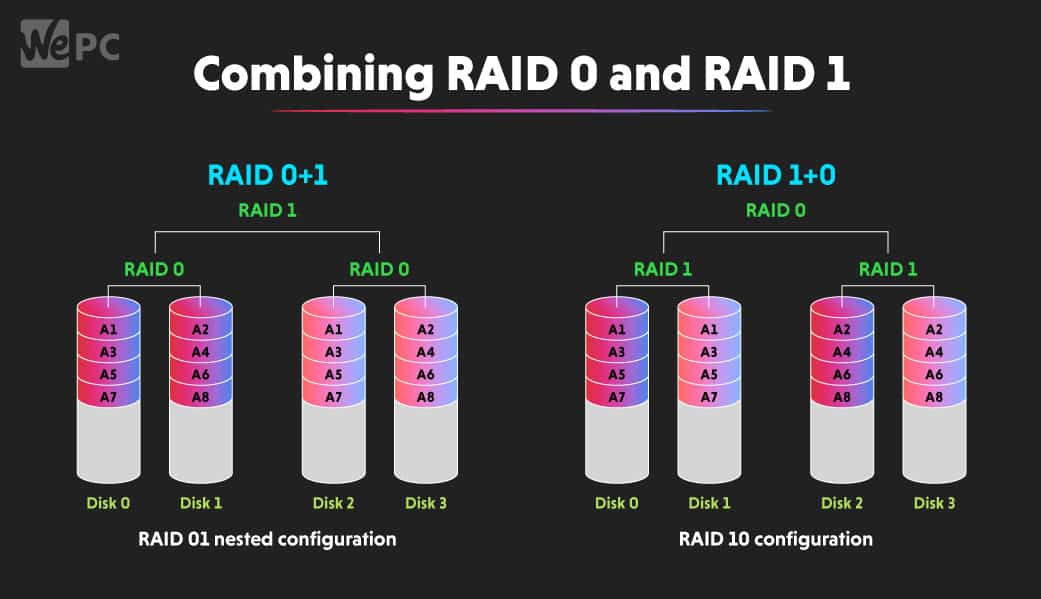
RAID 0 Vs RAID 1 What's The Difference Nasawa Enterprises
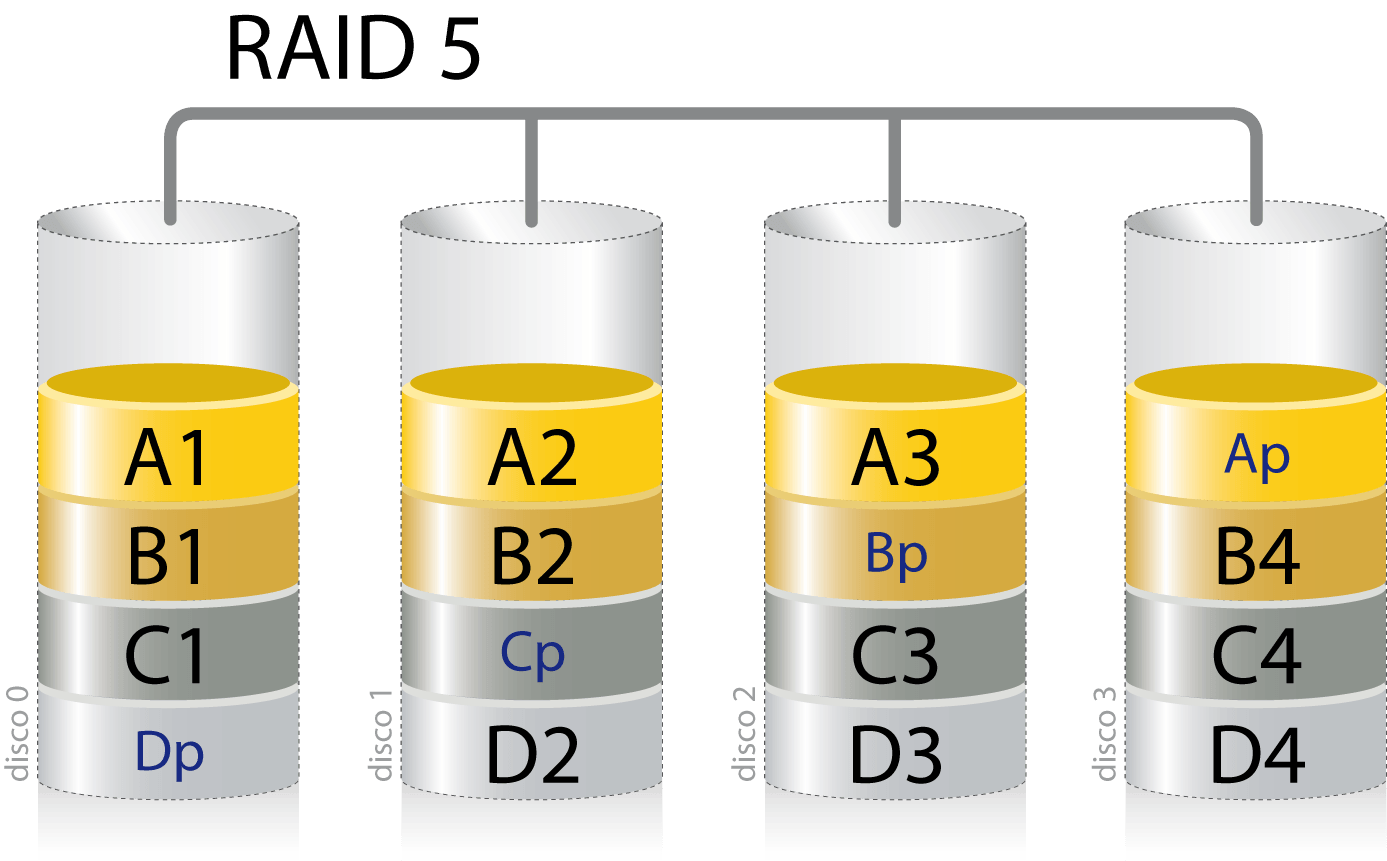
What is RAID? RAID 0, 1, 5, & 10 Made Easy The Plug HelloTech

Advantages

RAID 0, RAID 1 and RAID 5 Description YouTube
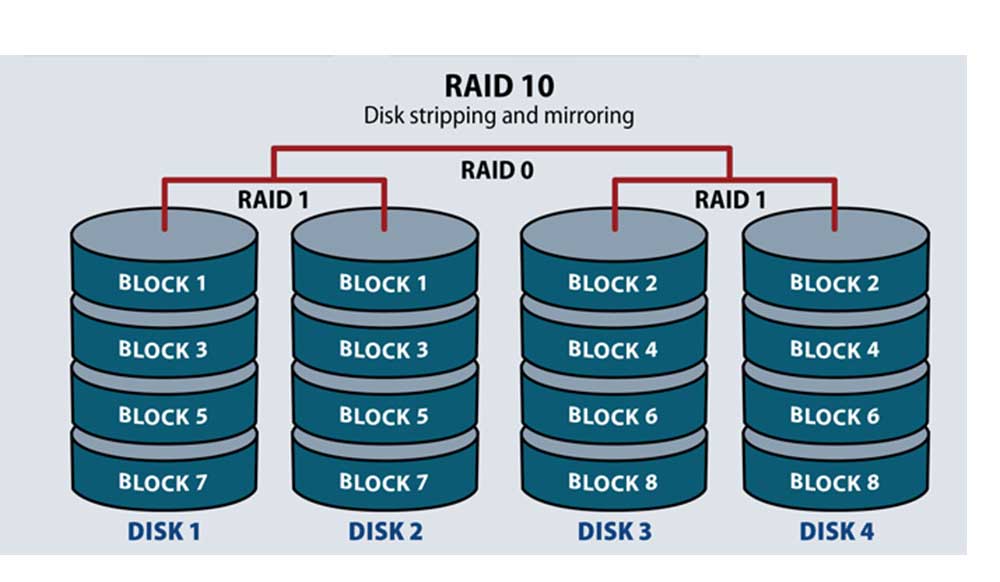
What is Disk RAID And Why Should We Use It? Speedhost
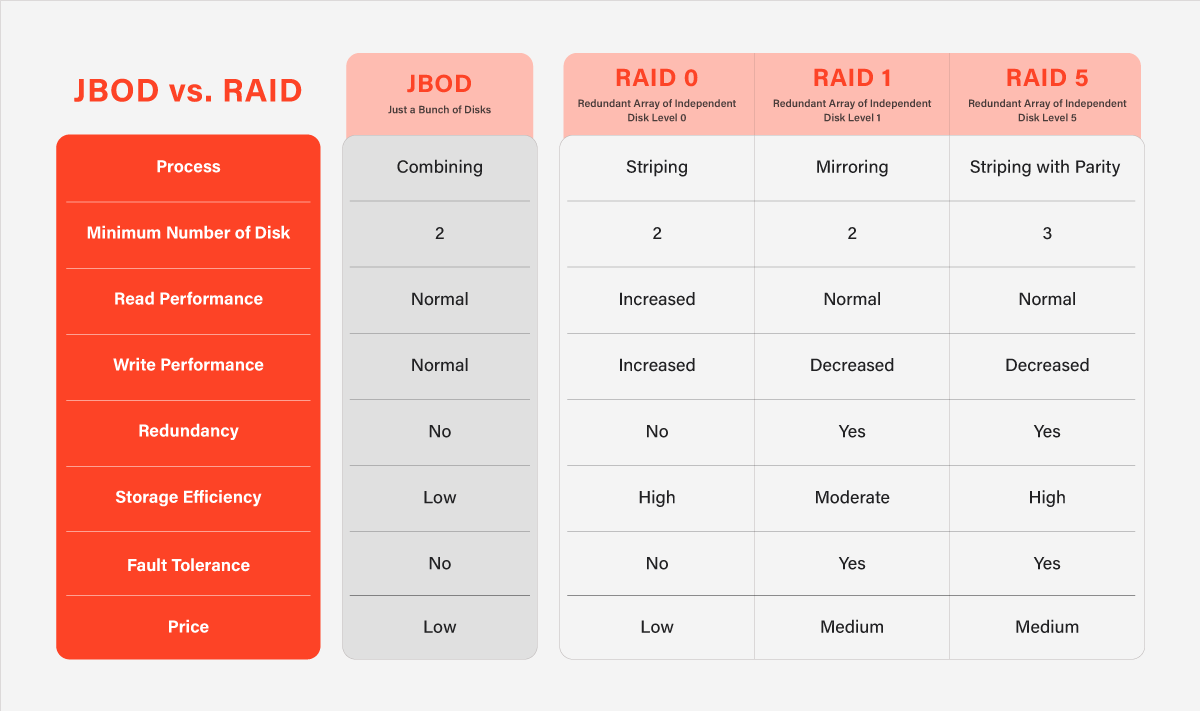
RAID vs. JBOD RAID 0, RAID 1, RAID 5, or JBOD
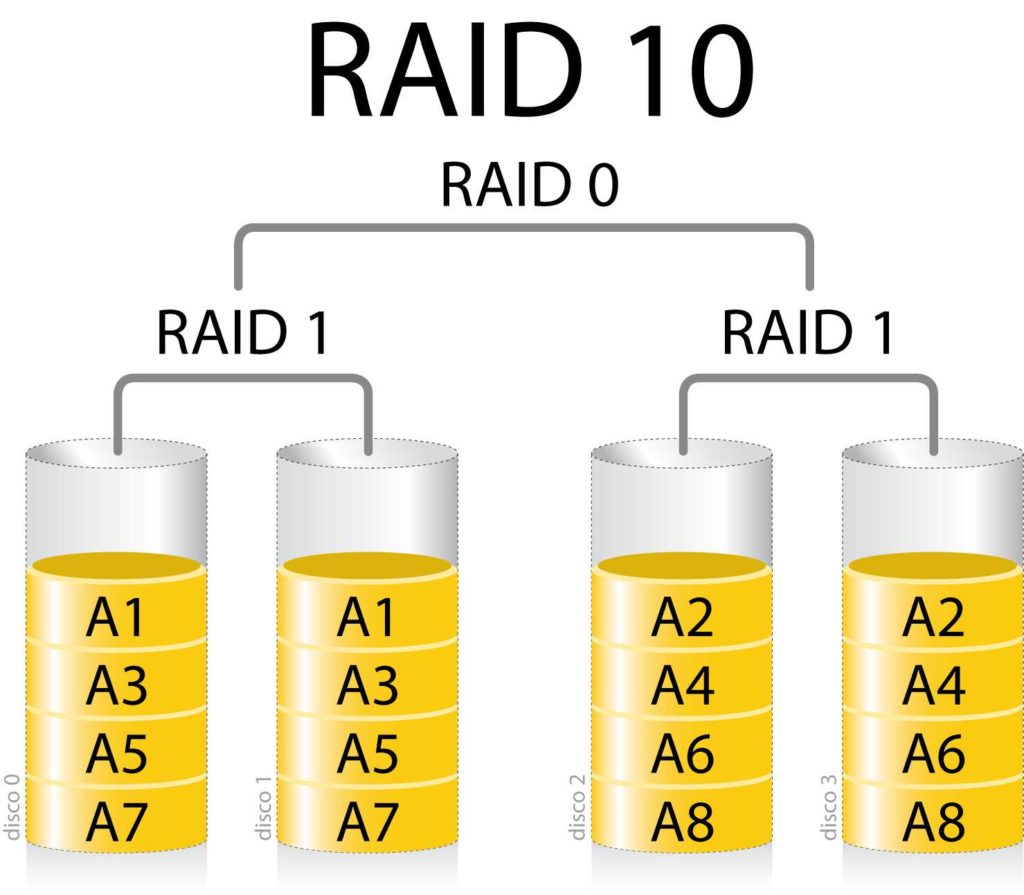
RAID 0 vs RAID 1 Maximizing Performance or Ensuring Data Safety?

HOME SIMITECH

Raid 10 vs Raid 5 Which is better for your NAS? YouTube
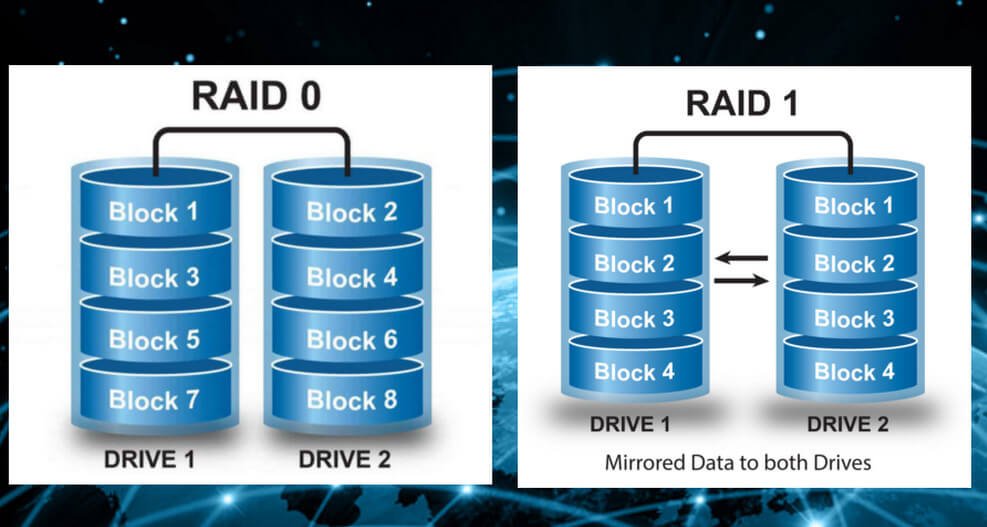
Raid 0 vs Raid 1 Which is Best (Difference, Comparison) KeepTheTech
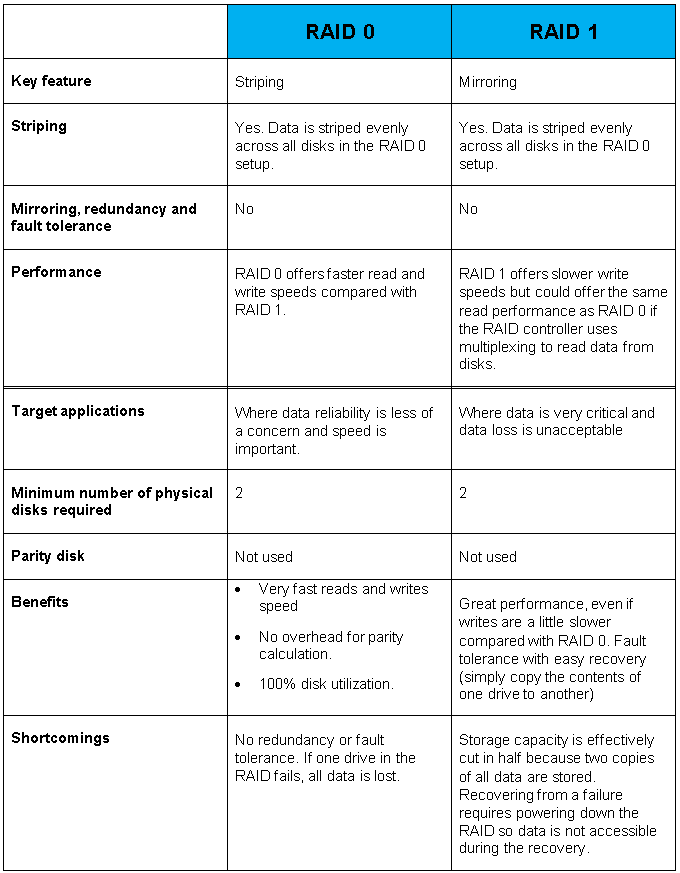
RAID 0 VS RAID 1 IP With Ease
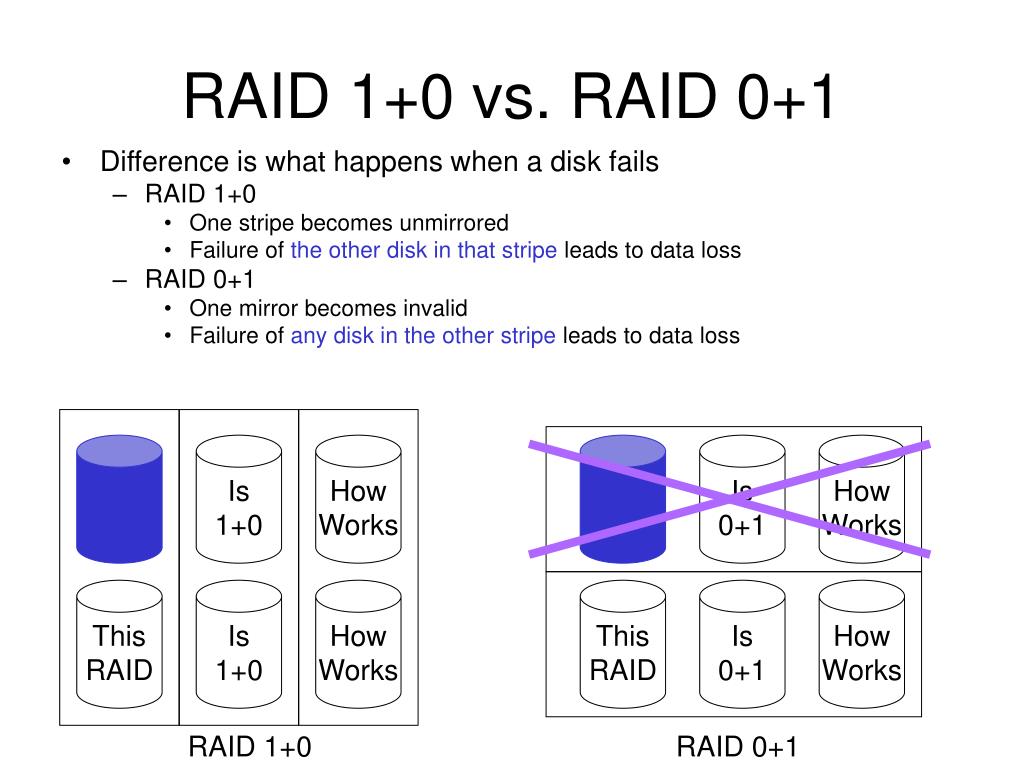
PPT RAID PowerPoint Presentation, free download ID6789415
Data is split evenly across all disks. Number of drives. If you plan to use only two drives, RAID 1 is the most efficient implementation. RAID 5 can support up to 16 drives. Extra cache. Implementing extra cache is difficult in RAID 1 because it is hardware-based. An extra cache can be easily implemented in RAID 5.. When choosing a RAID level for your storage array, it's important to consider what you value most: speed, fault tolerance or both. In this blog post, we'll review five common RAID levels - RAID 0, RAID 1, RAID 5, RAID 6 and RAID 10 - as well as how each level stores data. And if you're interested in a made-in-USA rugged storage system that.